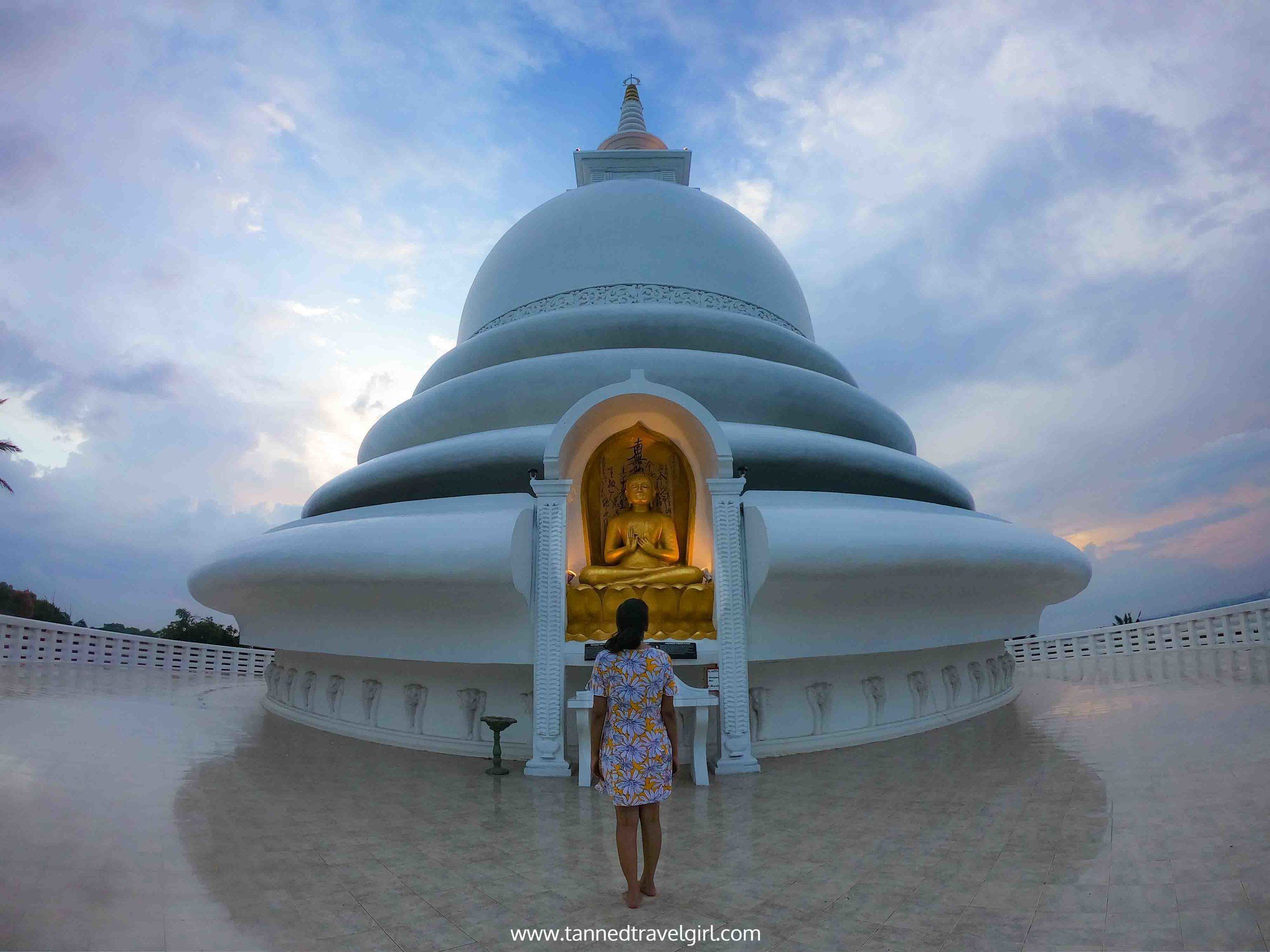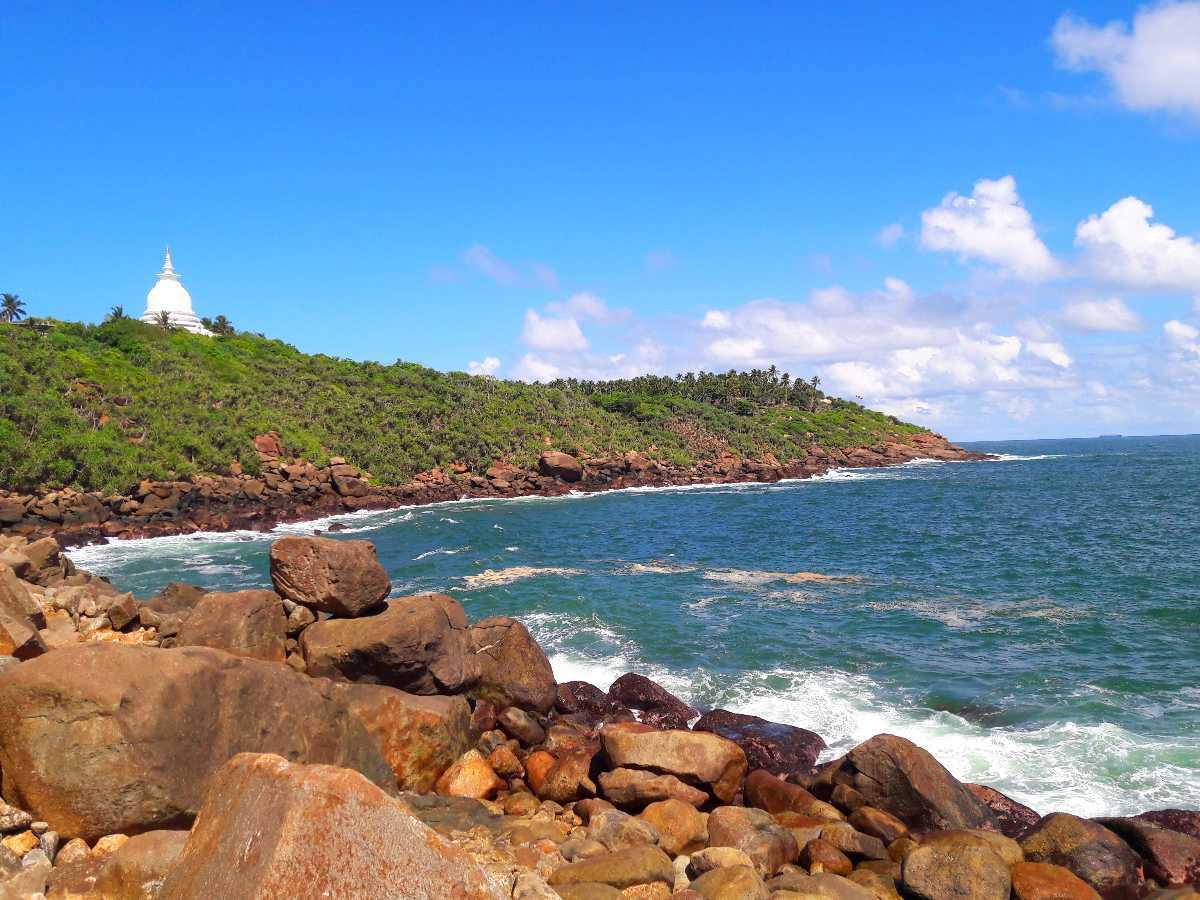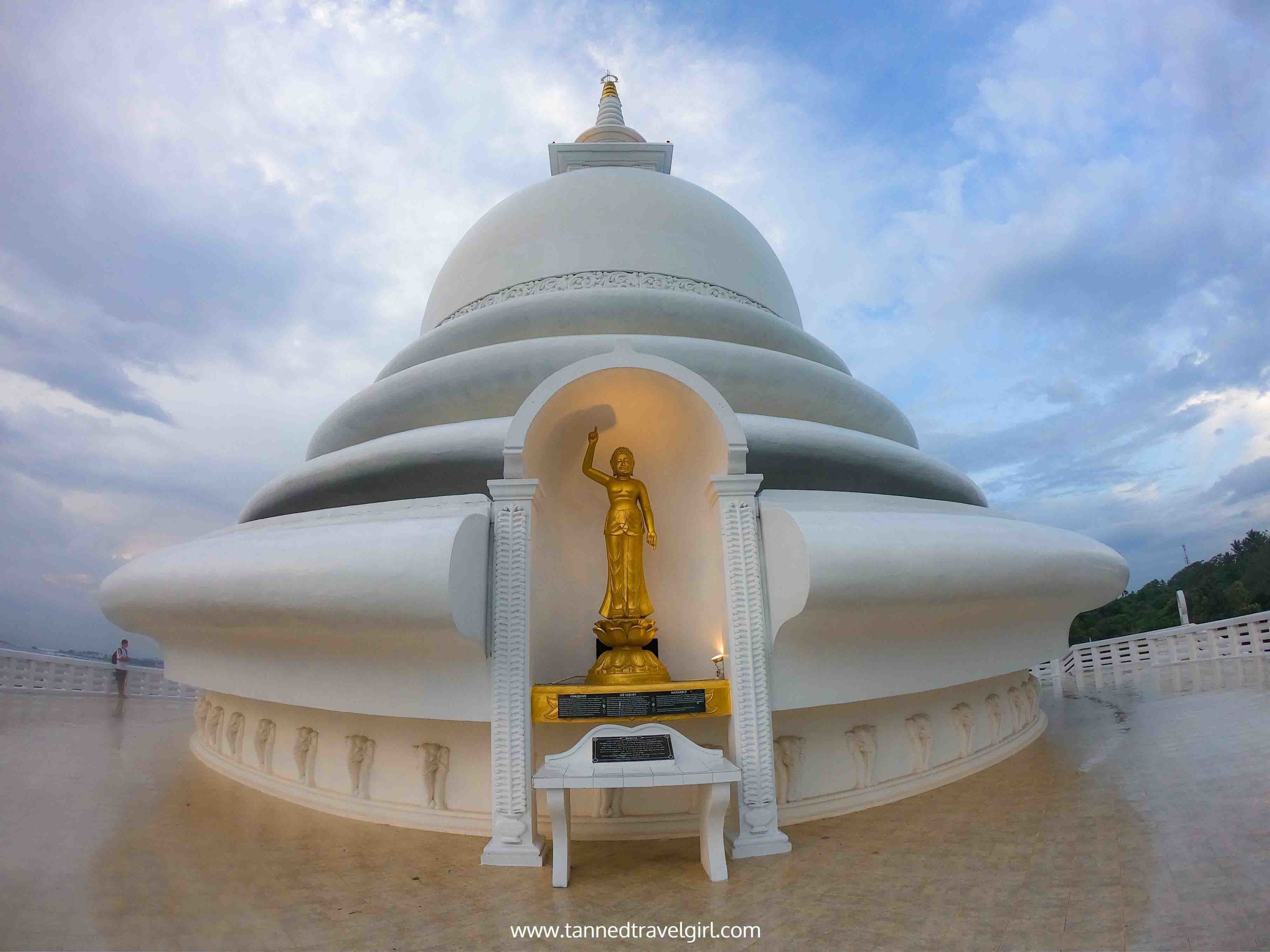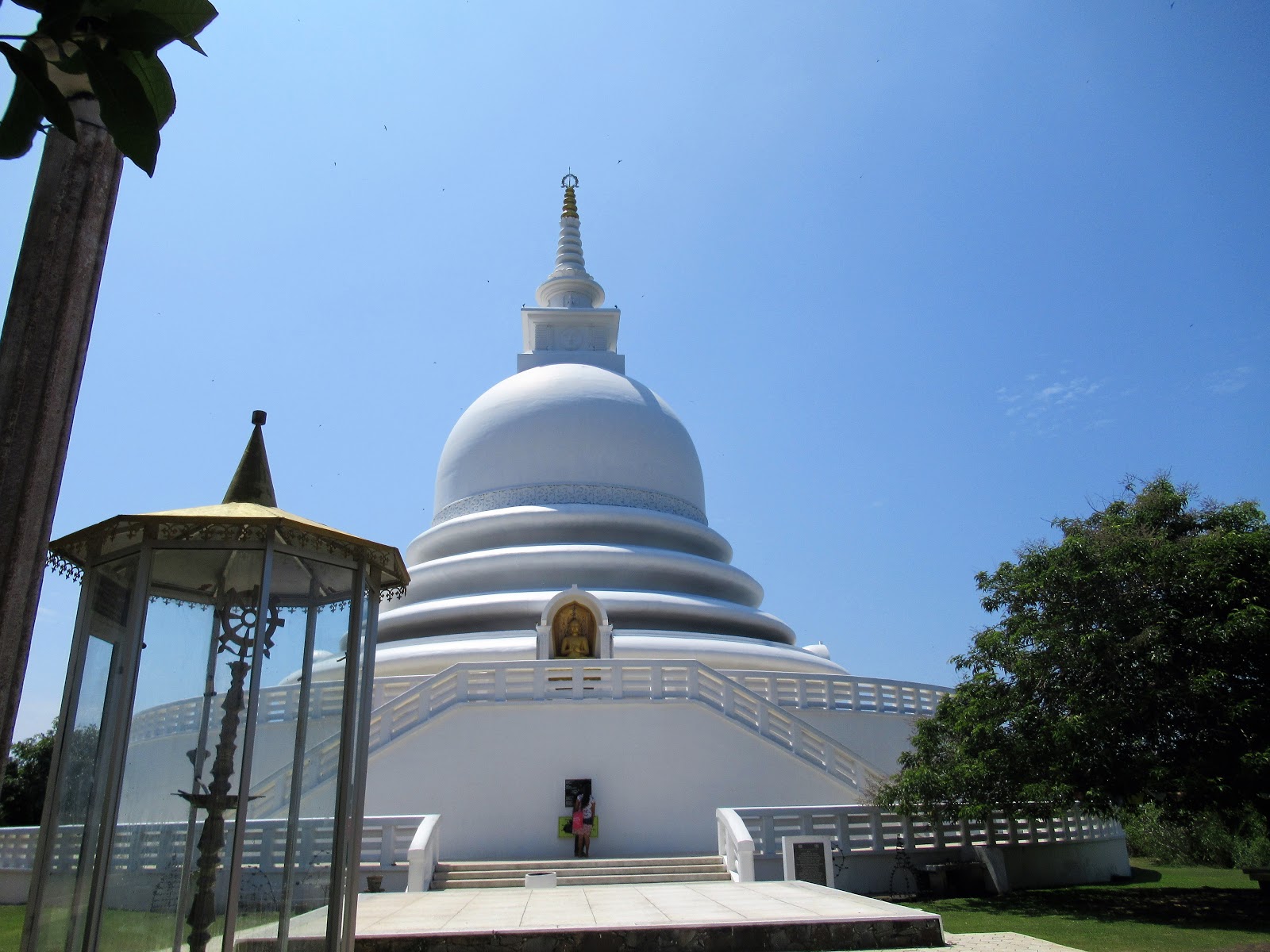Japanese Peace Pagoda
A Peace Pagoda is a Buddhist stupa; a monument to inspire peace, designed to provide a focus for people of all races and creeds, and to help unite them in their search for world peace. Most (though not all) peace pagodas built since World War II have been built under the guidance of Nichidatsu Fujii (1885–1985), a Buddhist monk from Japan and founder of the Nipponzan-Myōhōji Buddhist Order. Fujii was greatly inspired by his meeting with Mahatma Gandhi in 1931 and decided to devote his life to promoting non-violence. In 1947, he began constructing Peace Pagodas as shrines to world peace.
Peace Pagodas were built as a symbol of peace in Japanese cities including Hiroshima and Nagasaki where the atomic bombs took the lives of over 150,000 people, almost all of whom were civilians, at the end of World War II. By 2000, eighty Peace Pagodas had been built around the world in Europe, Asia, and the United States. The Nipponzan-Myōhōji monks of the New England Peace Pagoda were awarded the Courage of Conscience award on June 5, 1998, in Sherborn, Massachusetts.
Japanese peace pagoda in Rumassala Built with the help of Japanese monks, the peace pagoda on Rumasalla Hill is one of four Buddhist peace pagodas in Sri Lanka. Stupas are monuments that serve as beacons of peace for people of all nationalities and creeds, and the clean, rounded design of the Unawatuna pagoda exemplifies this. Visitors can walk or drive the shaded path to the Peace Pagoda and they will be rewarded with a towering, white bell-like structure surrounded by gold-painted statues. Sets of steps also lead to a walkway encircling the shrine which offers a 360-degree view of the jungle and bay.
Japanese Peace Pagoda Photos




Popular Tourist Attractions Ticket prices